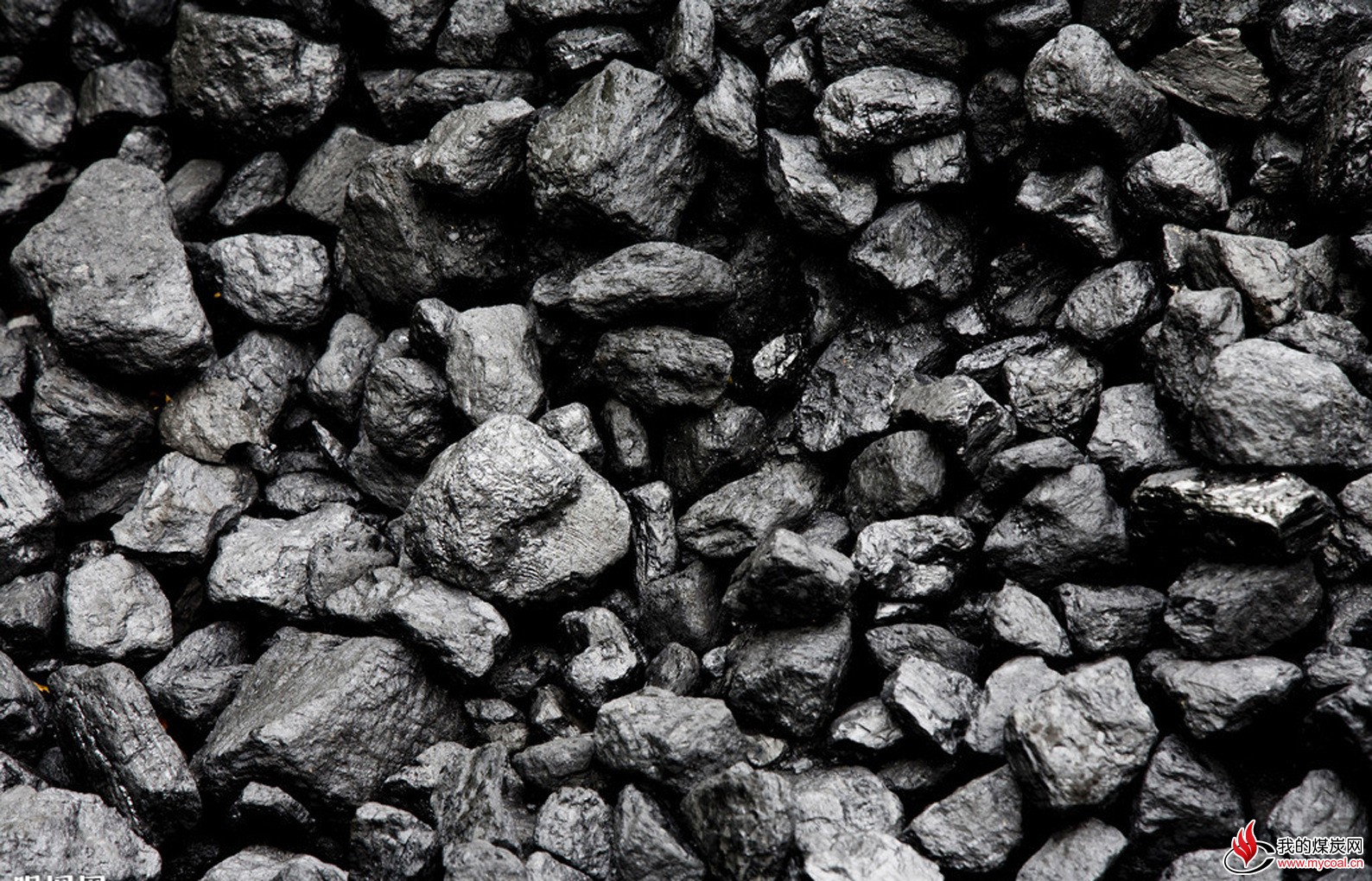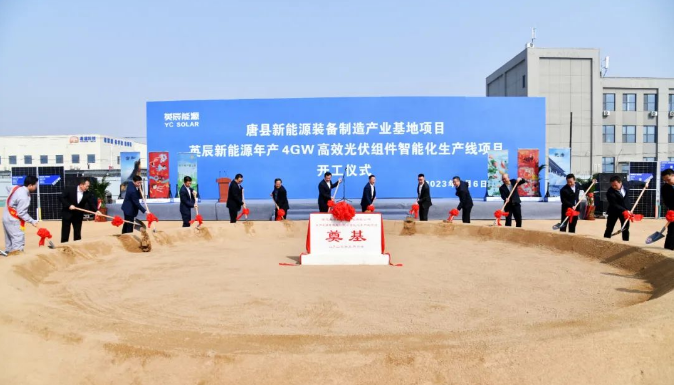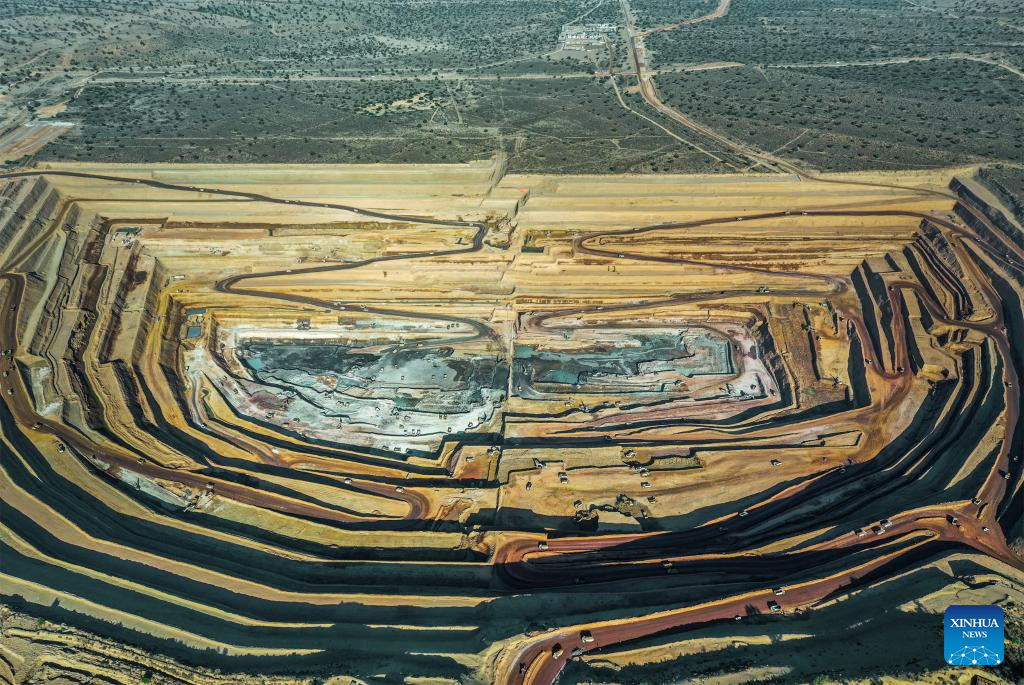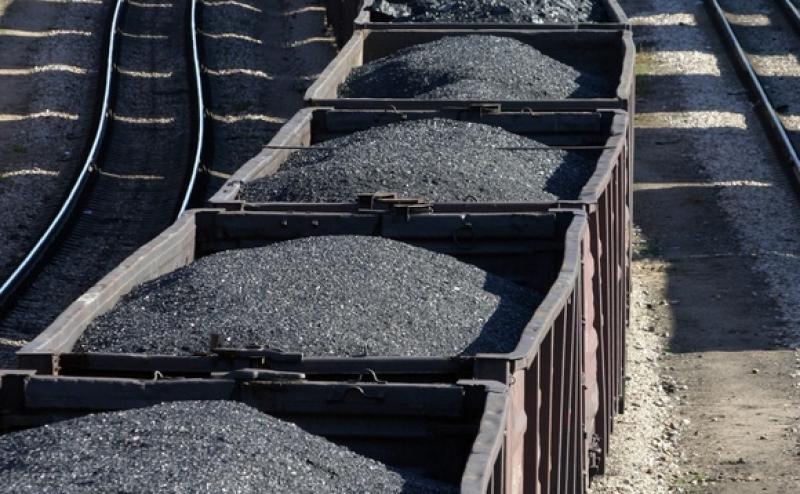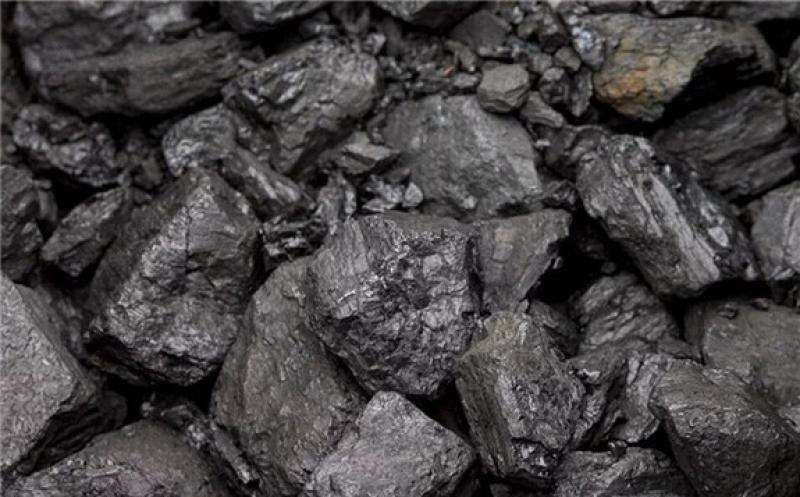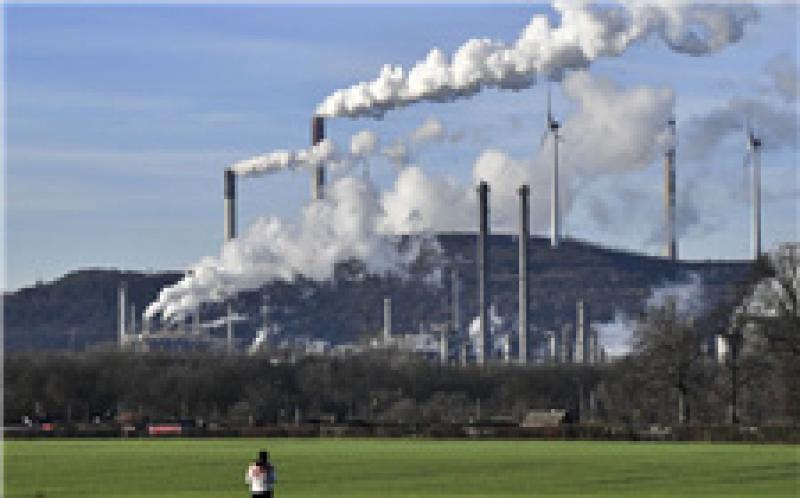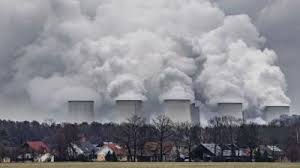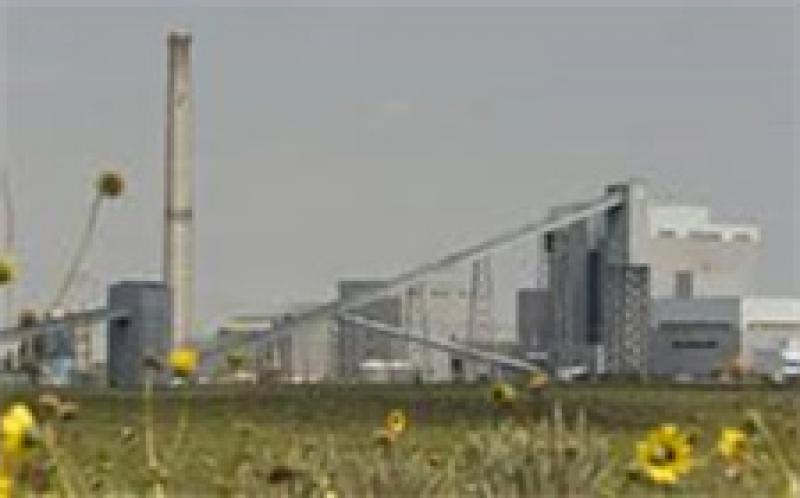It’s now cheaper to invest in renewable energy than coal in all major markets around the world—and more than half of existing coal plants are also more expensive to keep running than building new renewables, according to a new report. By 2030, the think tank estimates that new renewables will be cheaper than existing coal plants in all major markets.
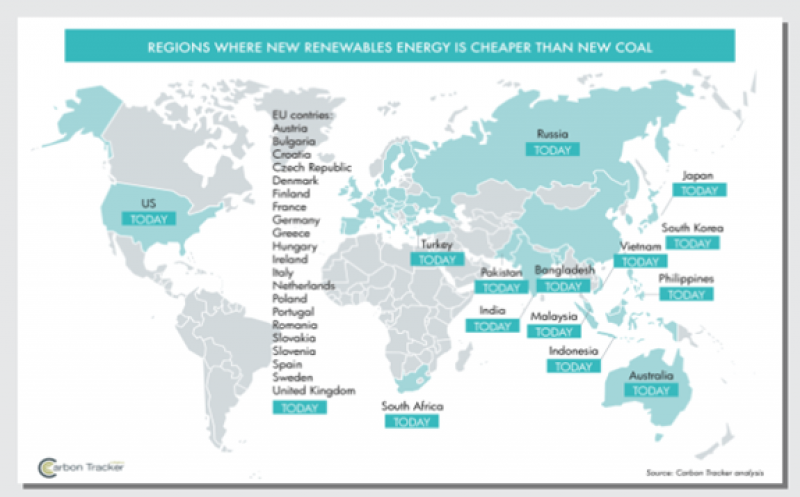
“With our report, we aim to challenge the long-standing narrative that coal power is cheap and will continue to remain a cheap source of energy,” says Durand D’souza, a data scientist at Carbon Tracker and one of the modelers behind a new report outlining the numbers. “We are encouraging investors, governments, and key stakeholders to take a closer look at their investments in both operating coal plants as well as coal plants in the pipeline.”
Right now, coal power projects with 499 gigawatts of capacity are either under construction or at some stage of the planning process, representing more than half a trillion dollars in capital costs. The report suggests that investors and governments that decide not to cancel those projects are wasting that money. In China, for example, the analysts found that the majority of the existing coal fleet already costs more to run than new wind or solar plants, but the country still has coal plants with 99 gigawatts of capacity under construction, and 106 gigawatts of coal-fired capacity in planning.
Click here for a larger version. [Image: Carbon Tracker Initiative]
The current coronavirus crisis may impact renewable energy—the International Energy Agency warns that investment in wind and solar is likely to drop if governments don’t include clean energy as part of economic stimulus packages. Bloomberg New Energy Finance is predicting that global solar demand will fall this year as companies grappling with an economic crisis focus on more short-term goals.
But the crisis may also mean that coal becomes an even worse deal. “The coronavirus has led to a marked decline in demand for energy in countries such as China,” says D’souza. “Coal power plants, which are already under economic stress across the world, will subsequently have reduced utilization rates and therefore will become even less economically viable.” The more a coal plant is used, the less it generally costs to operate. Renewables, as the lowest-cost energy on the grid, will be used first as demand drops. “I think on balance, the coronavirus crisis may not be as bad for renewables as we might suspect,” he says.
Renewable energy costs have fallen faster than experts had expected even a few years ago. “We hope that this report will trigger an in-depth discussion about how to phase out existing coal power plants and replace them with new renewables in order to lower the cost of energy and meet climate goals simultaneously,” says D’souza.
